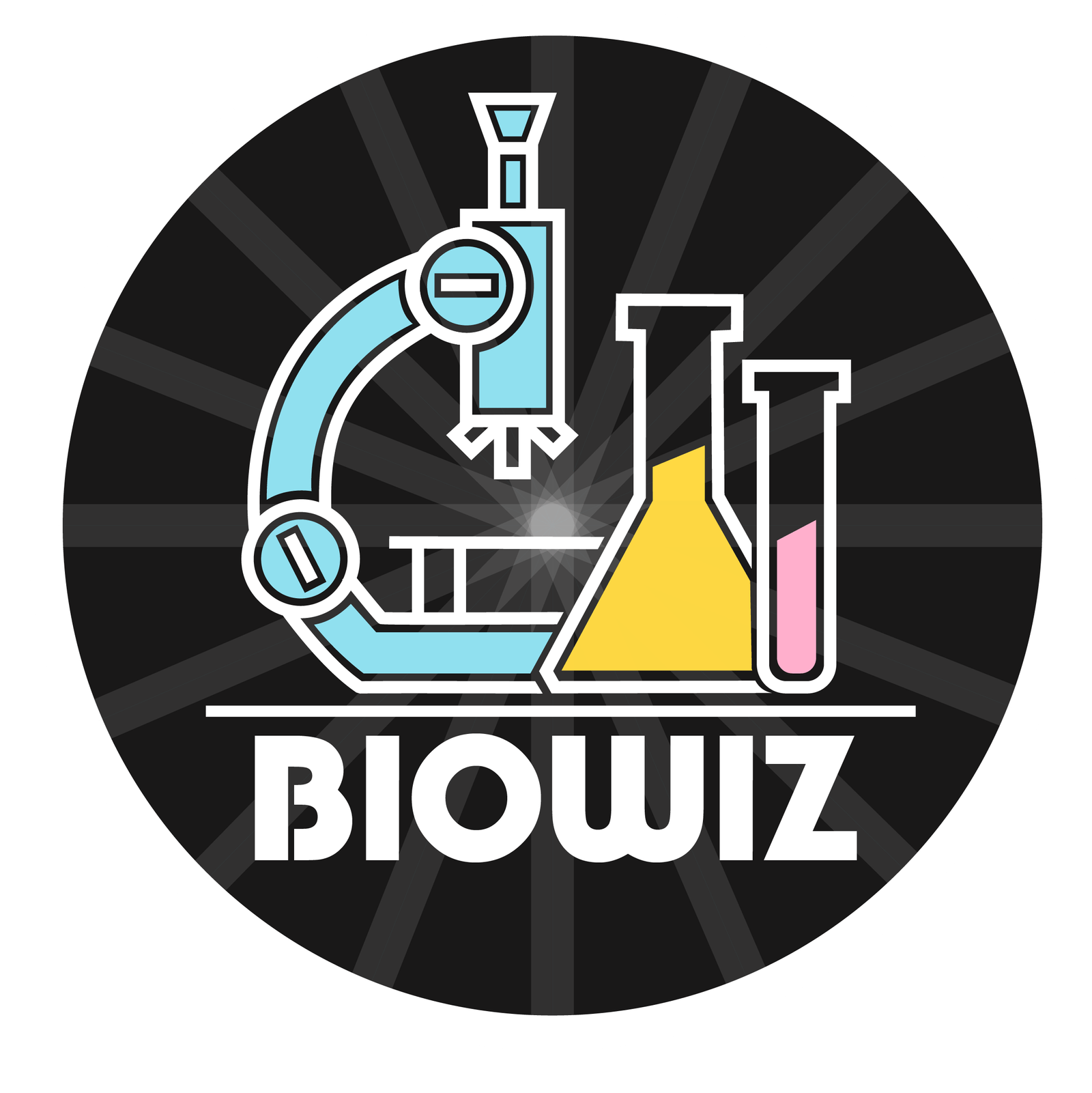IMPORTANT POINTS
- Autocatalytic- DNA itself catalyzes the formation of new DNA.
- Semi-conservative- One strand is newly synthesized over an existing parental template strand.
- Semi-discontinuous.
- Template dependent process.
- Based on complimentary base pairing. (Purine-pyrimidine)
SITE OF DNA REPLICATION
- Occurs in the cytoplasm of Prokaryotes as they lack a membrane bound nucleus.
REQUIREMENTS FOR DNA REPLICATION
1) ORIGIN OF REPLICATION SITE
-
- Starting point of DNA replication.
- Prokaryotes have only one Ori site in their genome.
- Eukaryotes have multiple Ori sites in their genome.
2) SUBSTRATES
-
- Ribonucleoside triphosphates (NTPs)- For RNA primer formation.
- Deoxyribonucleoside triphosphates (dNTPs)- For DNA polymerization.
- Template DNA- Used for complimentary base pairing.
3) ENZYMES
-
- Helicase- ATP dependent unwinding of DNA helix.
- DNA gyrase- Creates nicks to release supercoiling caused by unwinding.
- Primase- RNA primer formation. (DNA dependent RNA polymerase)
- DNA ligase- Joining of DNA fragments.
- DNA polymerase I
- 5′-> 3′ polymerase activity- for polymerization.
- 5′-> 3′ exonuclease activity- for primer removal.
- 3′-> 5′ exonuclease activity- for proof reading.
- DNA polymerase II
- 5′-> 3′ polymerase activity- for polymerization.
- 5′-> 3′ exonuclease activity- absent
- 3′-> 5′ exonuclease activity- for proof reading.
- DNA polymerase III
- 5′-> 3′ polymerase activity- for polymerization. (main polymerase)
- 5′-> 3′ exonuclease activity- absent
- 3′-> 5′ exonuclease activity- for proof reading.
4) PROTEINS
-
- Single Strand Binding Proteins (SSBP)
5) IONS
-
- Magnesium ions.
STEPS OF DNA REPLICATION
1) Unwinding of DNA helix
-
- Starts at Ori site.
- Helicase binds to the Ori site and unwinds the double stranded DNA into single strands.
- Helicase uses ATP to break H-bonds between the bases, so only short stretches of DNA undergoes unwinding due to high energy requirements.
- Single stands are stabilized by binding of SSBP to prevent it from rejoining.
- Unwinding of DNA results in formation of Replication fork.
2) Releasing of supercoiling
-
- Unwinding of DNA at Ori site creates supercoiling in the upstream region.
- Supercoiling is released by DNA gyrase by creating nicks (breaking of phosphodiester bonds) in the DNA and rejoining it.
3) Addition of RNA primers
-
- Enzyme Primase adds a very short fragment of RNA over the template strands to initiate DNA replication.
- RNA primers provides the free -OH group required for DNA polymerase enzyme to start adding deoxyribonucleotides based on complimentary base pairing.
4) Formation of new strands
-
- Occurs in only 5′-> 3′ direction.
- Directional activity of DNA polymerase makes the DNA replication process very complex as the existing DNA strands have anti-parallel polarity.
- One of the strand is synthesized (over the 3′-> 5′ template strand) continuously and requires only one primer. This strand is called the Leading Strand and its synthesis is fast.
- The synthesis of other strand (over the 5′-> 3′ template) is however discontinuous and requires multiple primers. This strand is called Lagging Strand and is initially synthesized in the form of relatively short fragments of DNA called Okazaki fragments.
- The synthesis of Lagging strand is slow and it lags behind the Leading strand.
5) Removal of RNA primers
-
- The DNA polymerase I removes the RNA primers by 5′-> 3′ exonuclease activity and also adds the deoxyribonucleotides to replace the RNA primers.
- The Okazaki fragments are now joined by DNA ligase to complete the DNA replication process.




